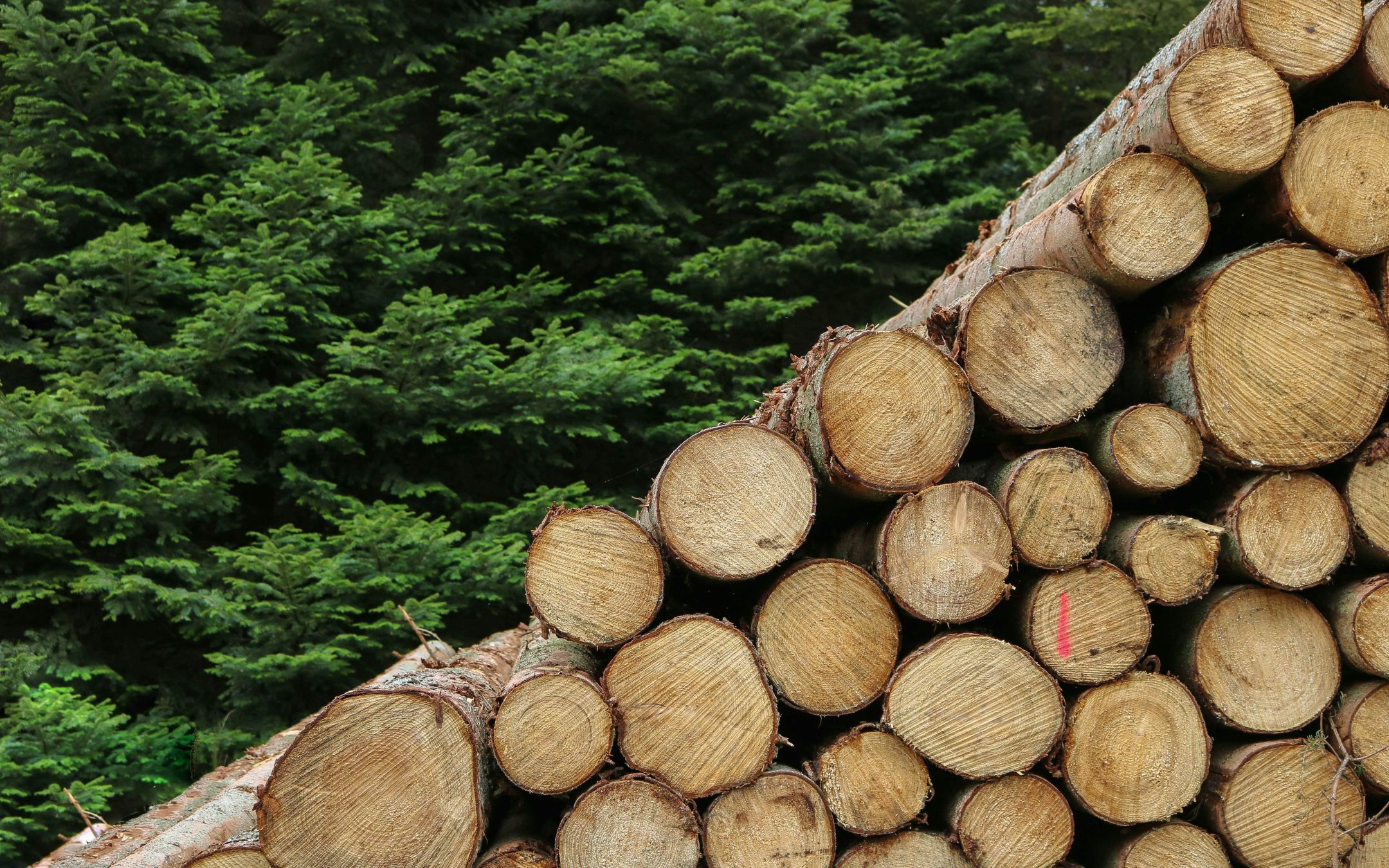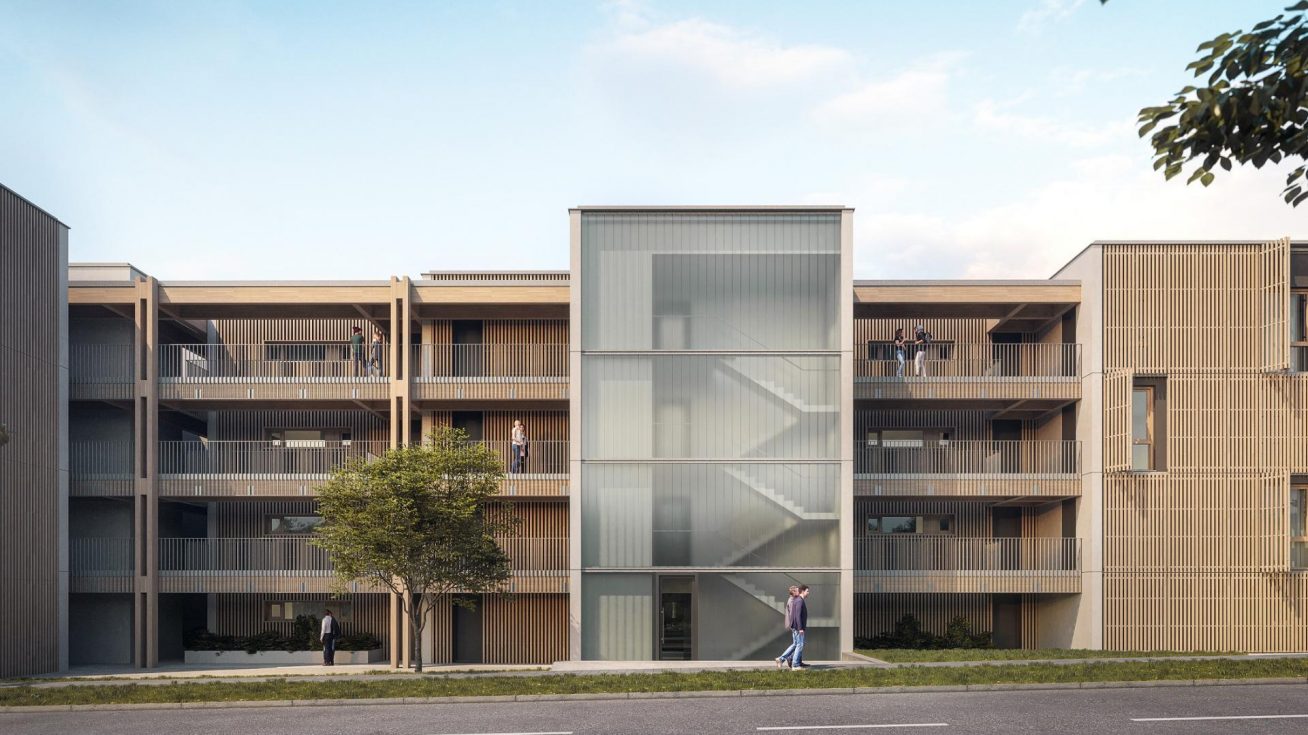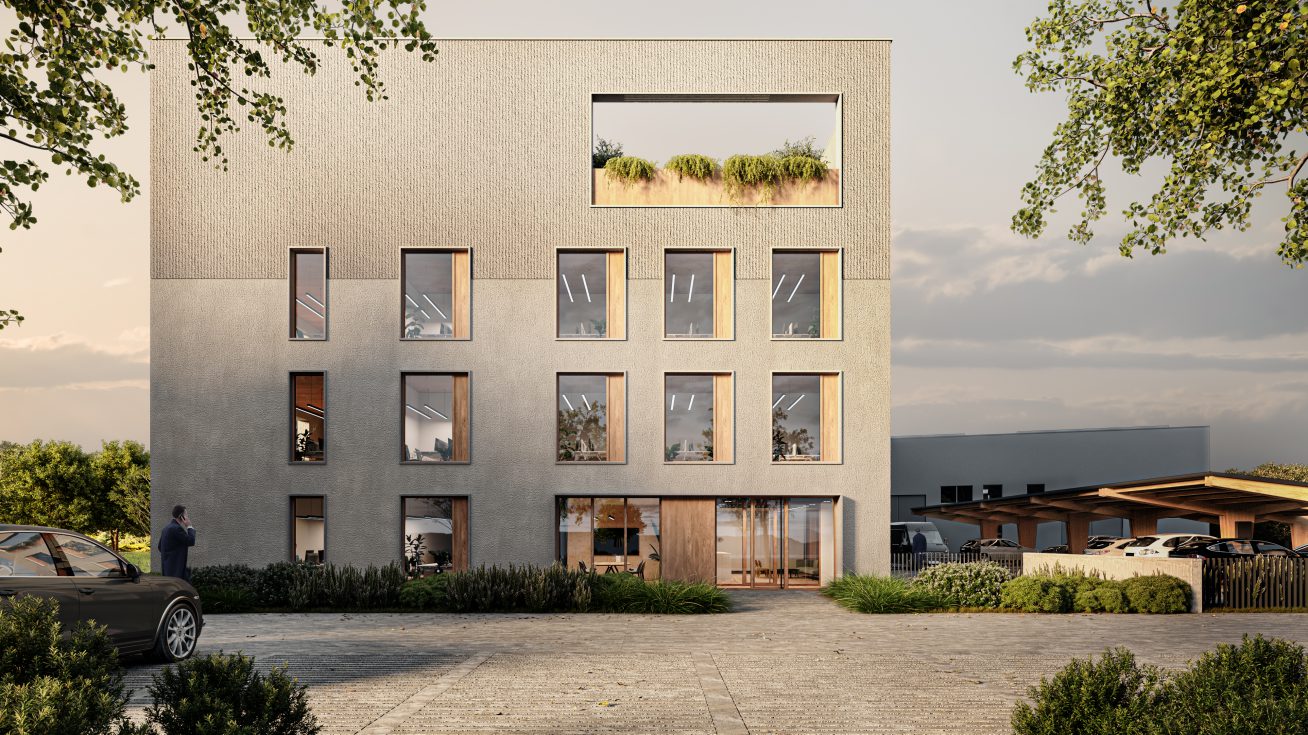A call for change
As part of its January 2022 Programme Statement, the Government committed to the creation of a new Timber Resource Policy – a strategic document long called for by the timber industry, developers and planners. This is due to the increasing promotion of wooden buildings abroad, which is supported by the general effort to reduce the carbon footprint of the European Union, but in our country it is still hampered by many regulations and low general awareness of the benefits of building with timber structures.
This document is being prepared by the Permanent Working Group on Raw Materials Policy for Wood at the Government Council for Energy and Raw Materials Strategy of the Czech Republic, which includes representatives of the Ministry of the Environment, state and non-state forest owners, academia, wood processing companies, foresters and NGOs. The objectives are as follows: to increase the production of timber buildings, to promote secondary processing of wood to increase its added value and to work on the promotion of wood as well as innovation and research.
“Wood in the Czech Republic is a strategic raw material. In the media it is often said that mineral resources are strategic raw materials, but at the Ministry of Agriculture, we see wood as a renewable material as a strategic raw material that needs to be developed, processed and thus add more value. It should not be exported in its raw state, or in primary processing as sawn timber,” said Patrik Mlynář, Deputy Minister of Agriculture and Chief Director for Management of the Forestry Section, at the Wood Camp conference in mid-November .
At the same time, Patrik Mlynář stressed that we have sufficient timber reserves in the Czech Republic and there is no risk of significant changes in the supply of Czech timber to the market at least until 2053, despite the recent bark beetle calamity. Whereas before it we had 480 million cubic metres of spruce in stock, today it is about 400 million. According to Mlynář, the primary timber processing sector has been stable in the country for a long time and it is now necessary to focus on the development of secondary processing to ensure higher added value of timber before its export. Sufficient timber for the domestic market, increasing domestic timber consumption and reducing exports of primary processed timber are the main priorities of the raw material policy.





